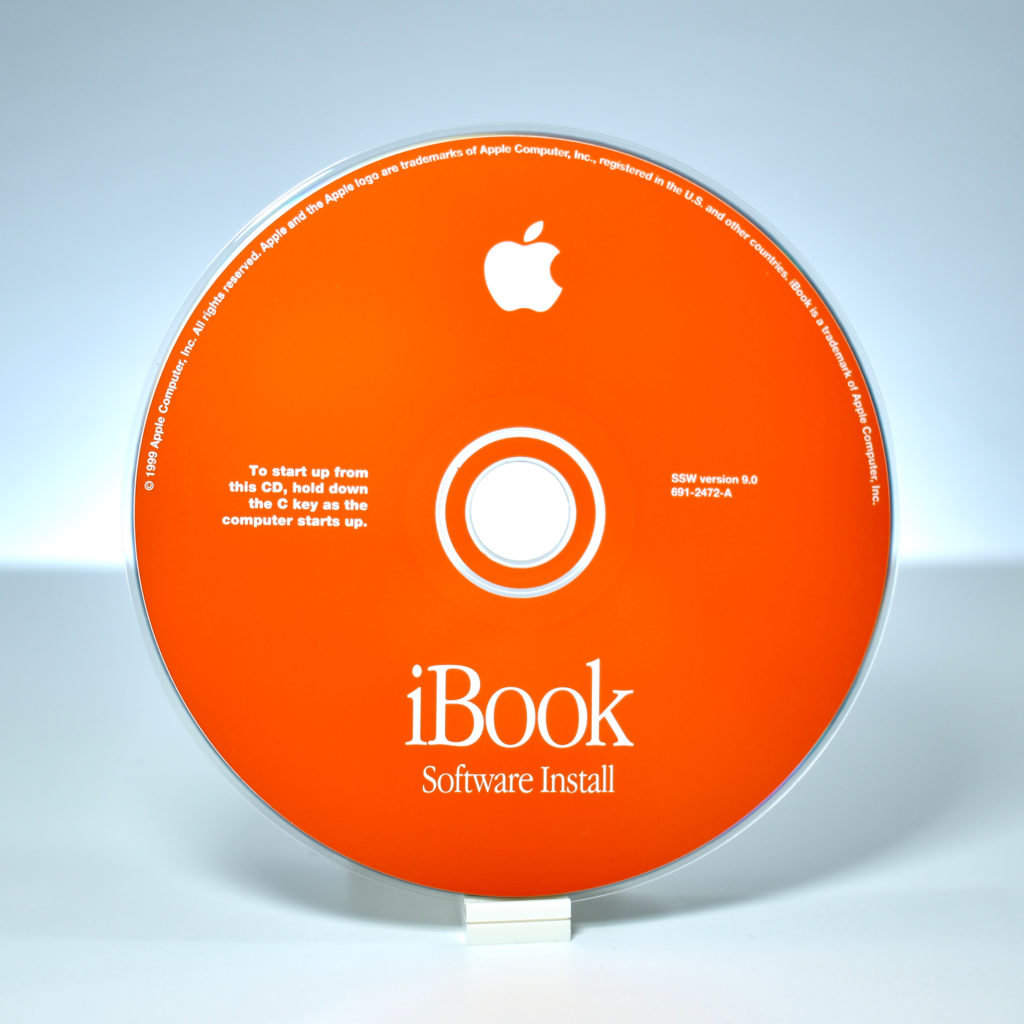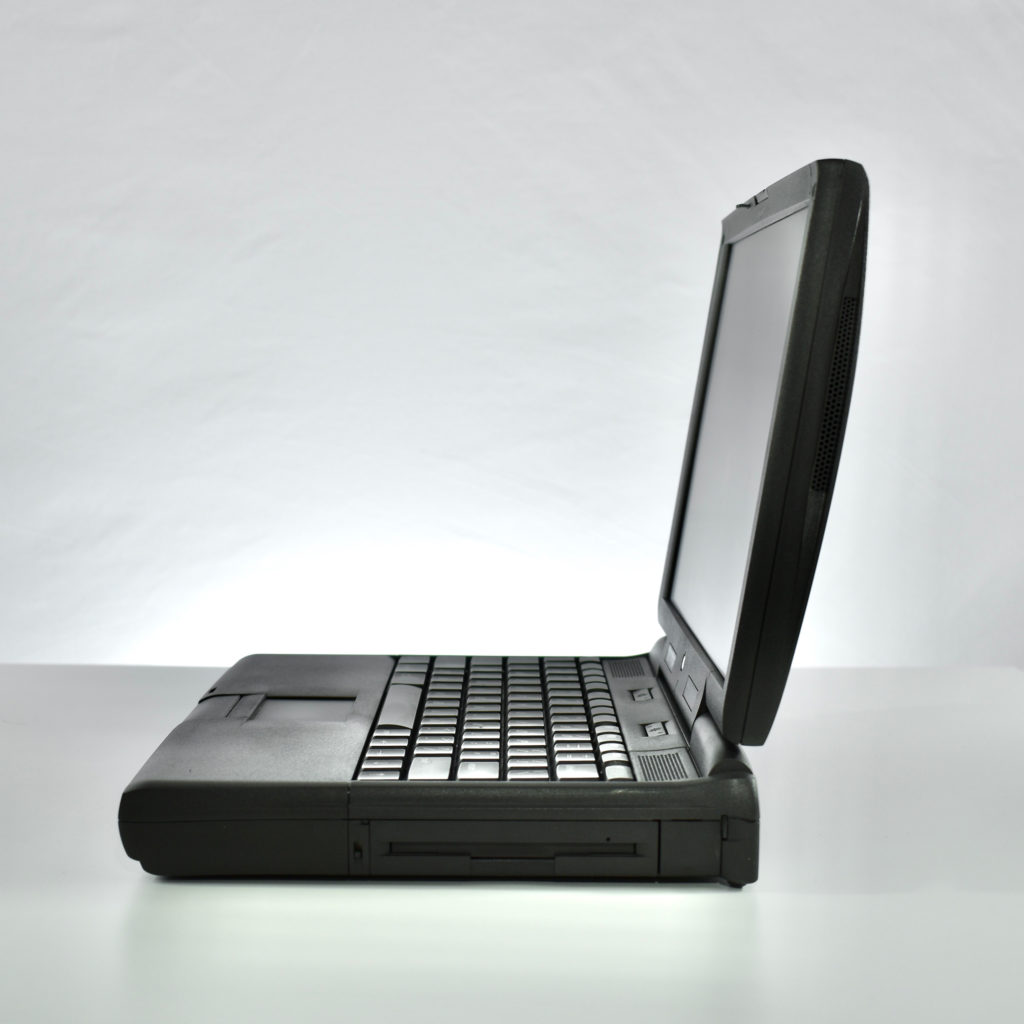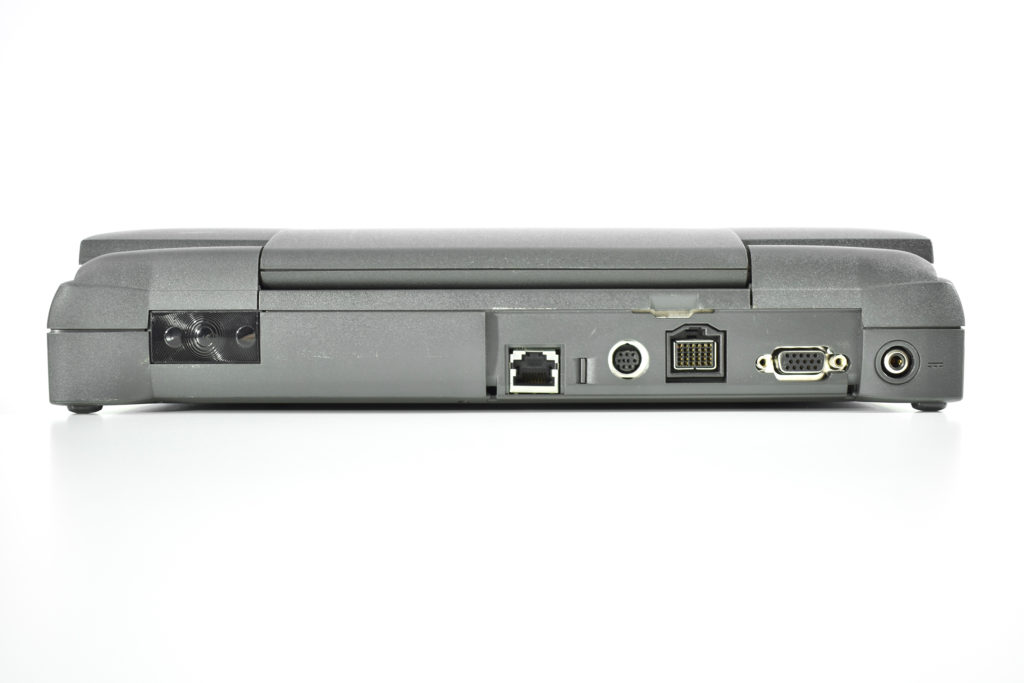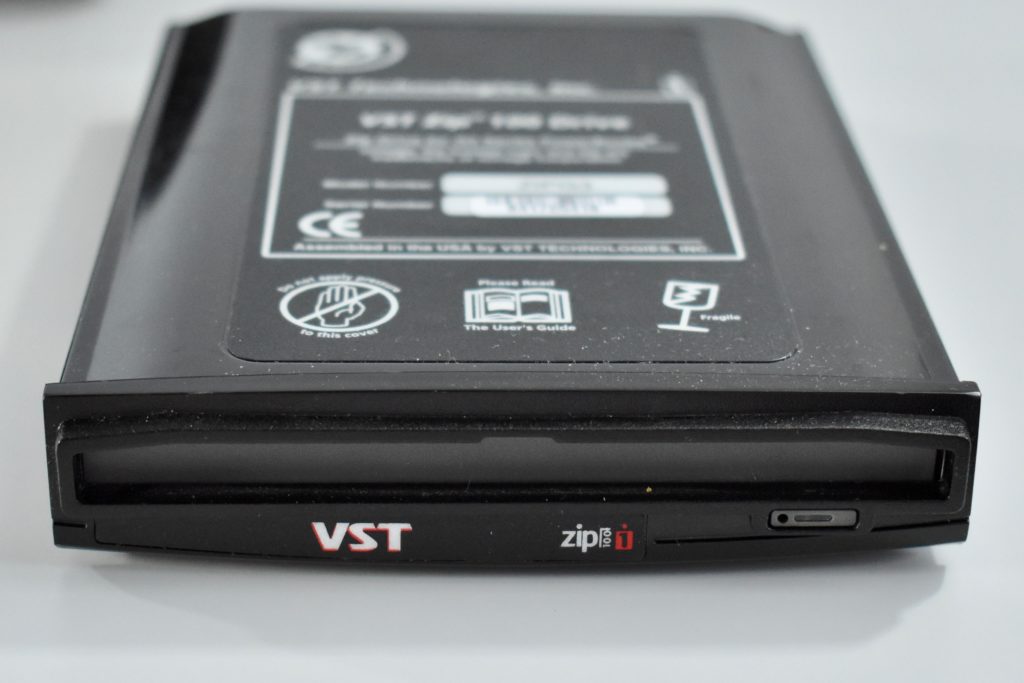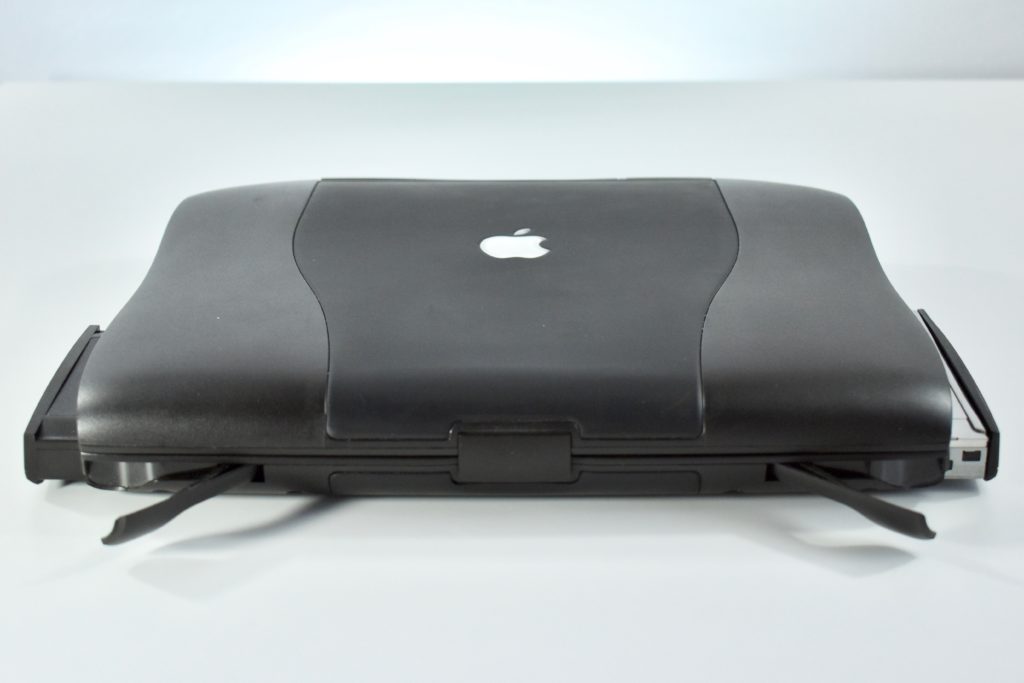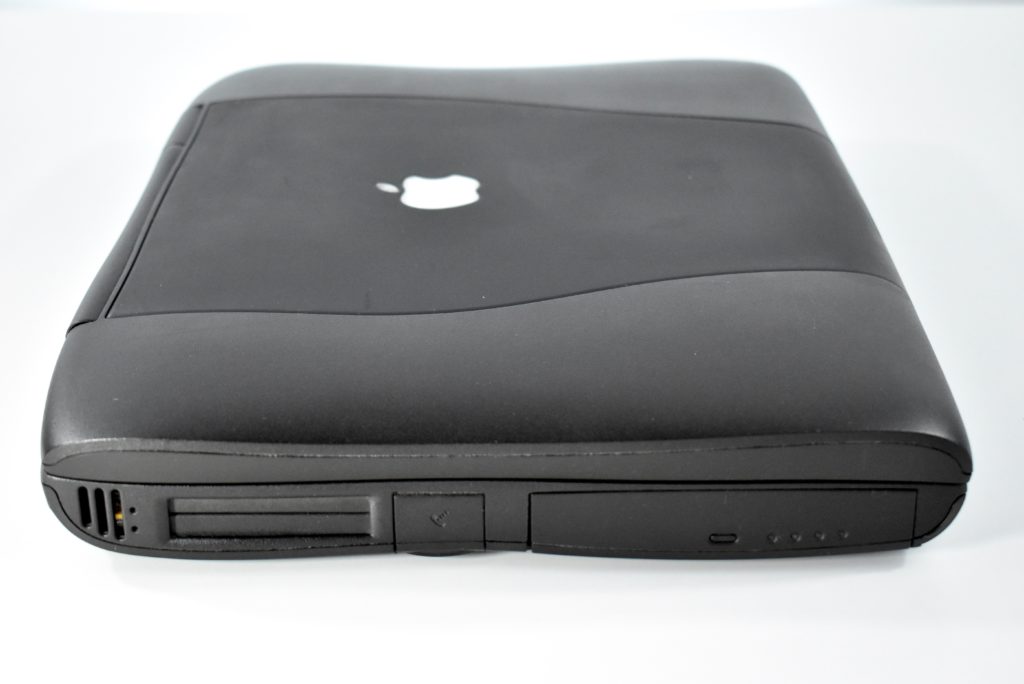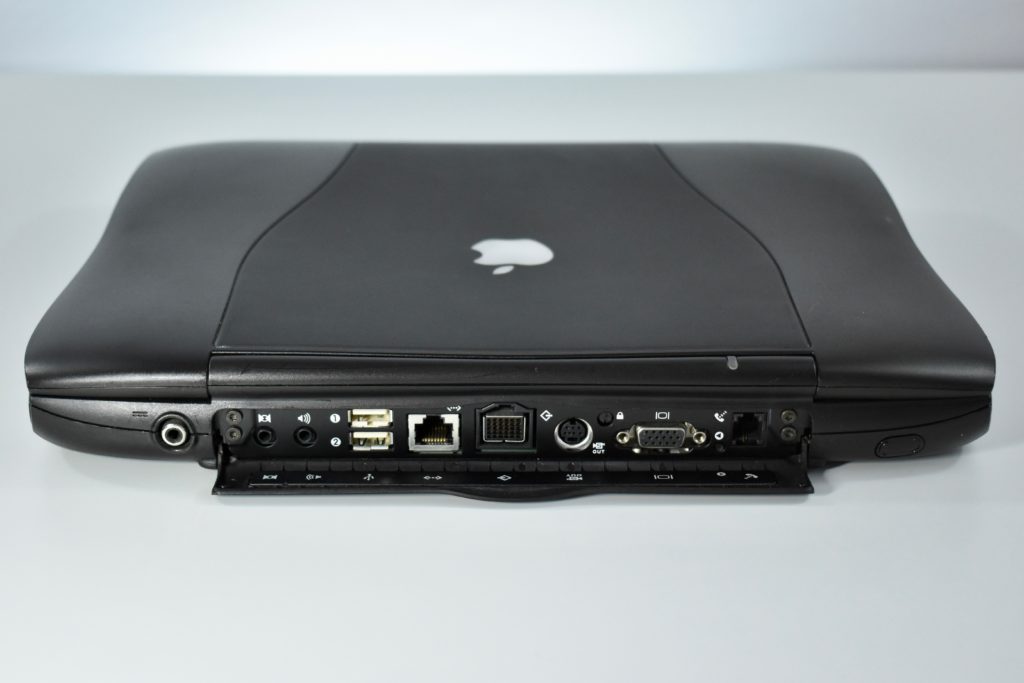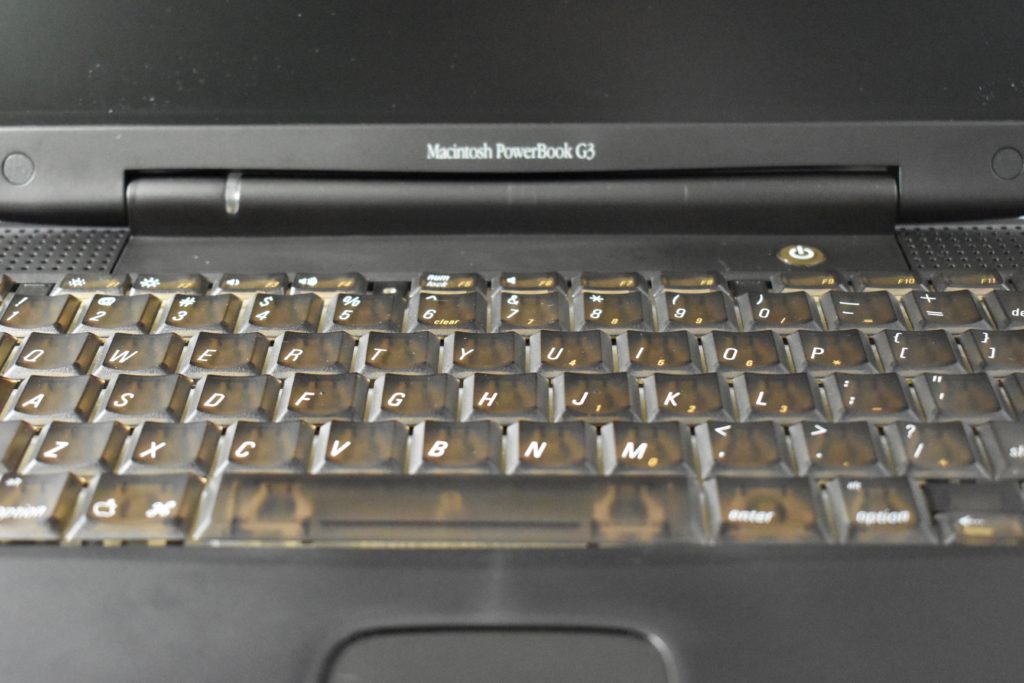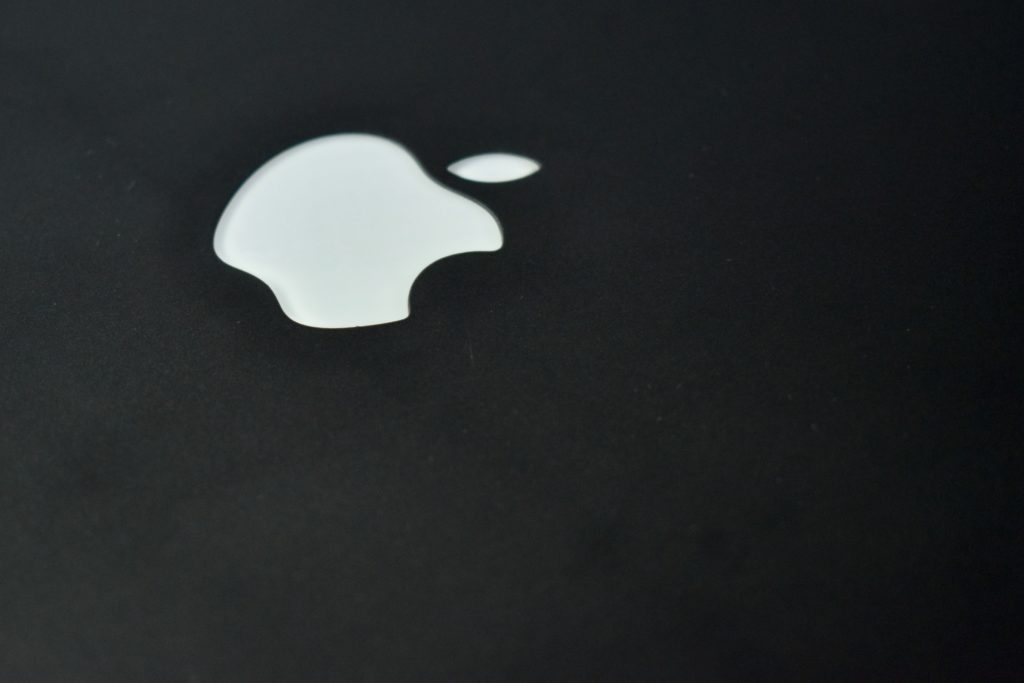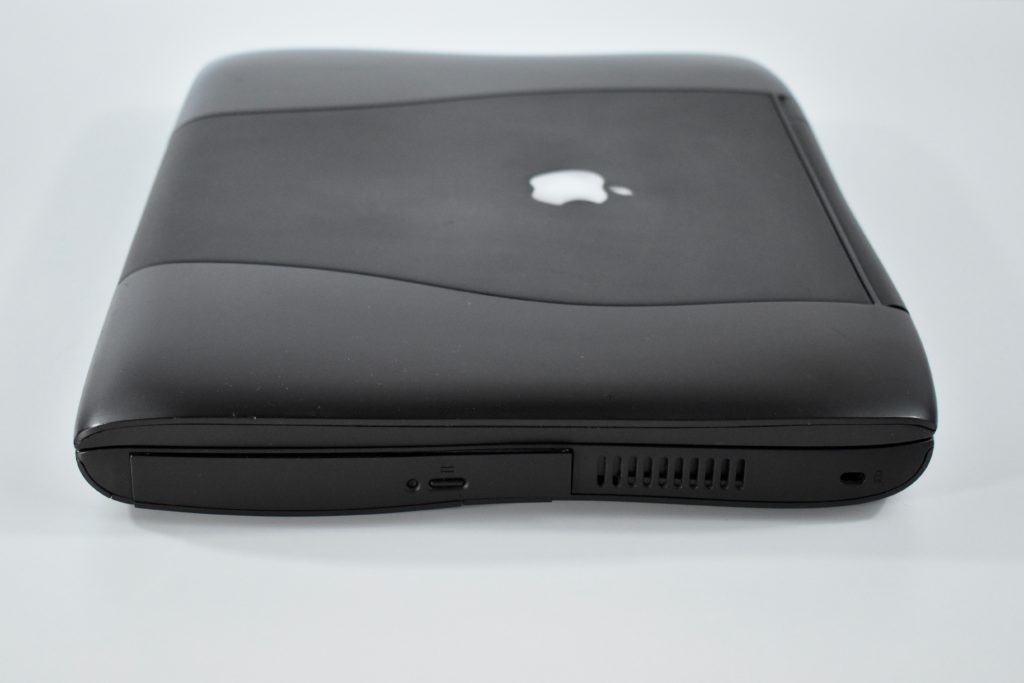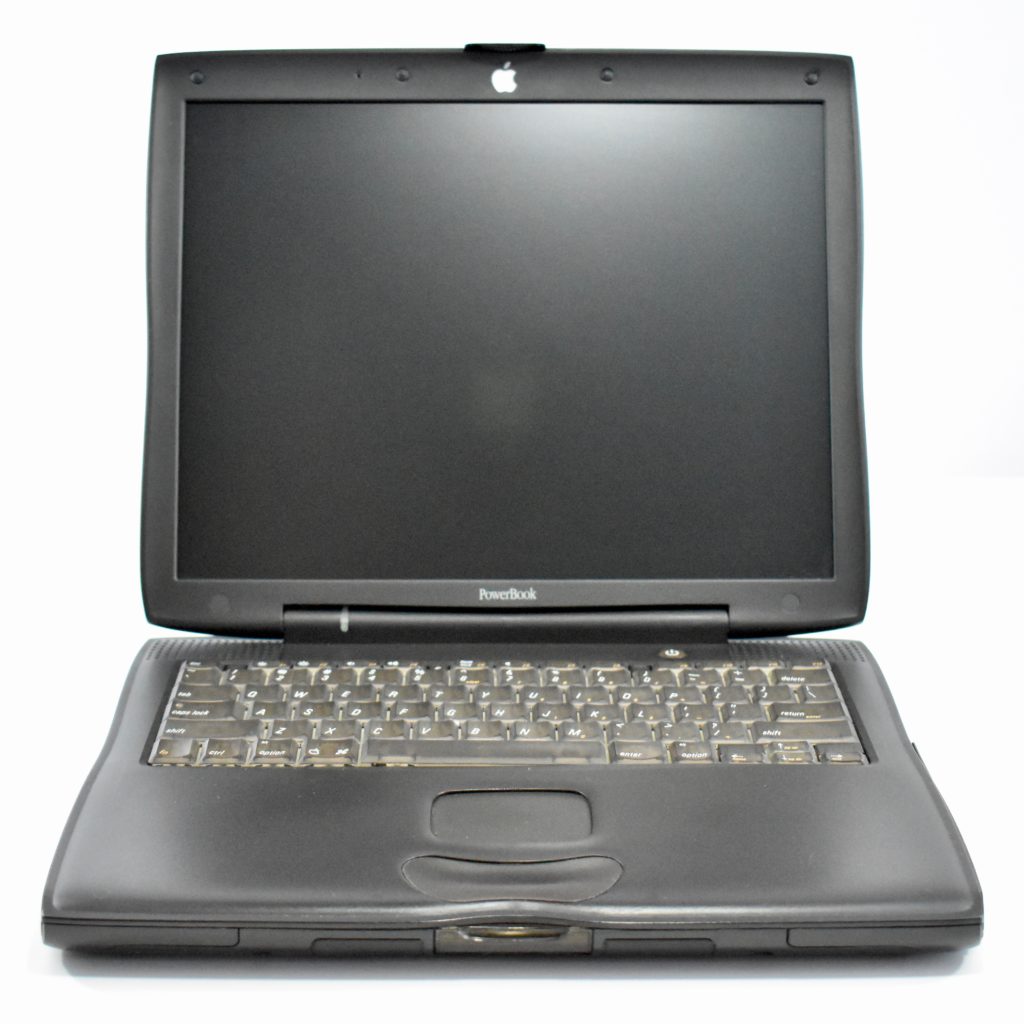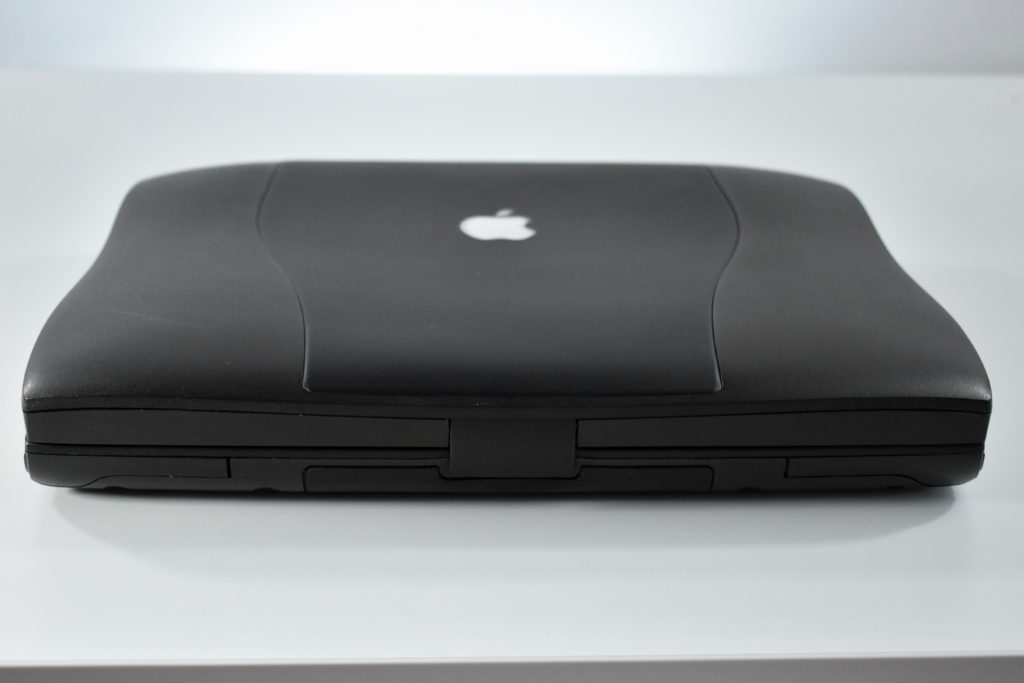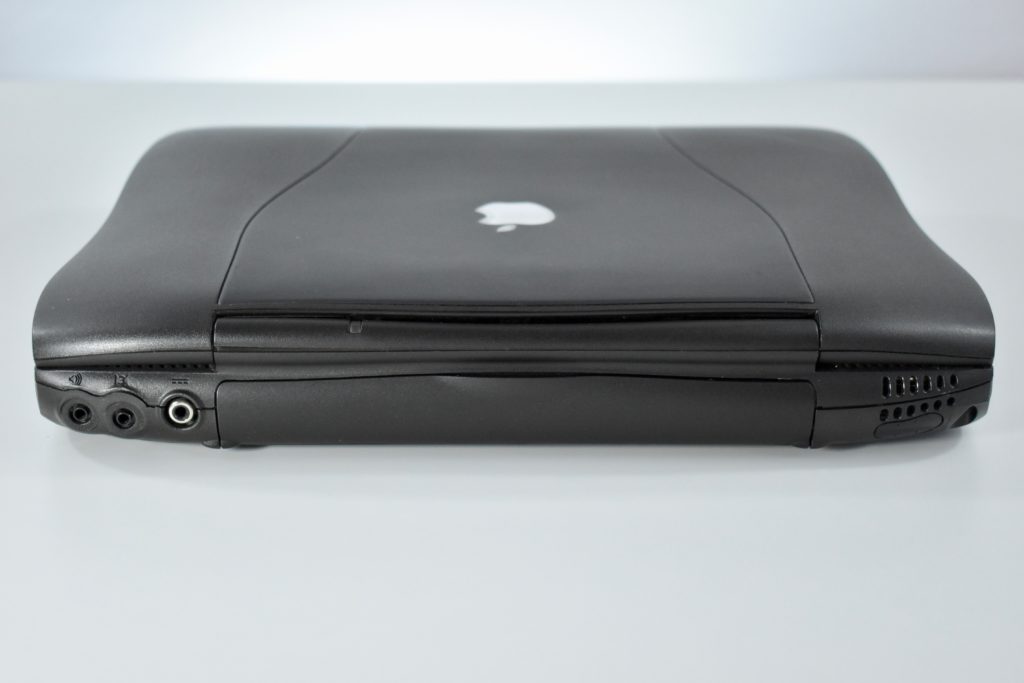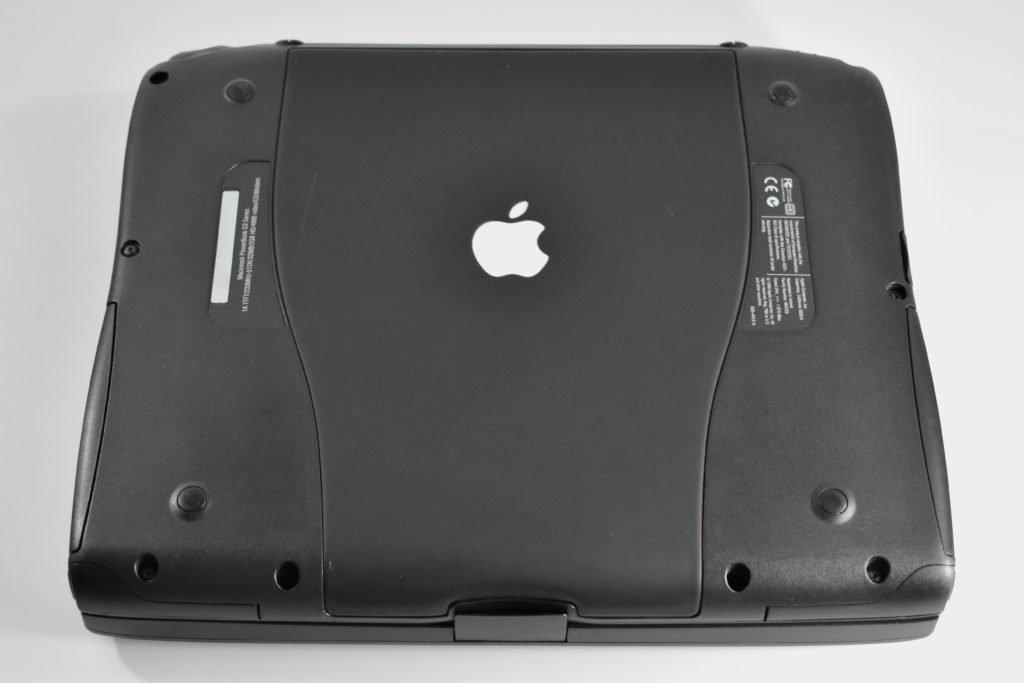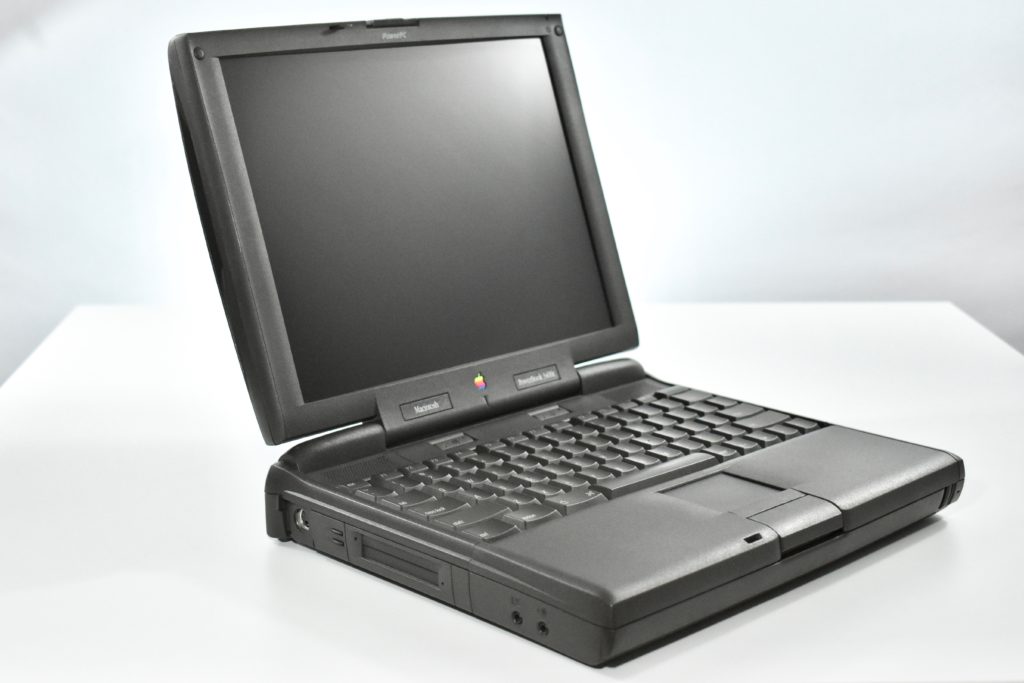In the late 1990s and early 2000s, part of Apple’s print advertising included magazine inserts. These inserts were “mini-magazines” within magazines. They were glued with a pliable rubber cement that could be easily removed.
This early magazine insert example is an advertisement for the Macintosh PowerBook G3 laptop. The images on the front, back, and inside covers are photographed with stunning black backgrounds using shadows and light to reveal interesting aspects of the laptop’s design. The cover reads, “We rewrote the book.”
Open, the 2-panel spread includes the copy: “Presenting the new PowerBook G3. It’s been rethought and reengineered from cover to cover. It’s sleek. It’s intelligent. It’s endlessly adaptable. Oh, and one other thing.”
The insert fully opens to reveal a mini-poster with a white background that shows an open PowerBook G3 with a screen showing a shark with teeth bared and the headline, “It eats Pentium notebooks for lunch.”
The back page lists product specifications with the headers “Good,” “Better,” and “Best” to represent the three configurations available.
Folded, the size of the insert is 7.5 x 10.25 inches. Fully unfolded the mini-poster is 15 x 20.5 inches.






















